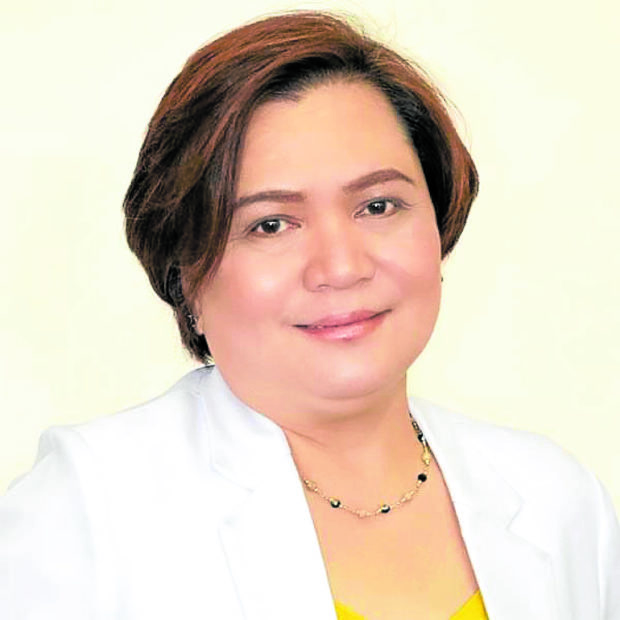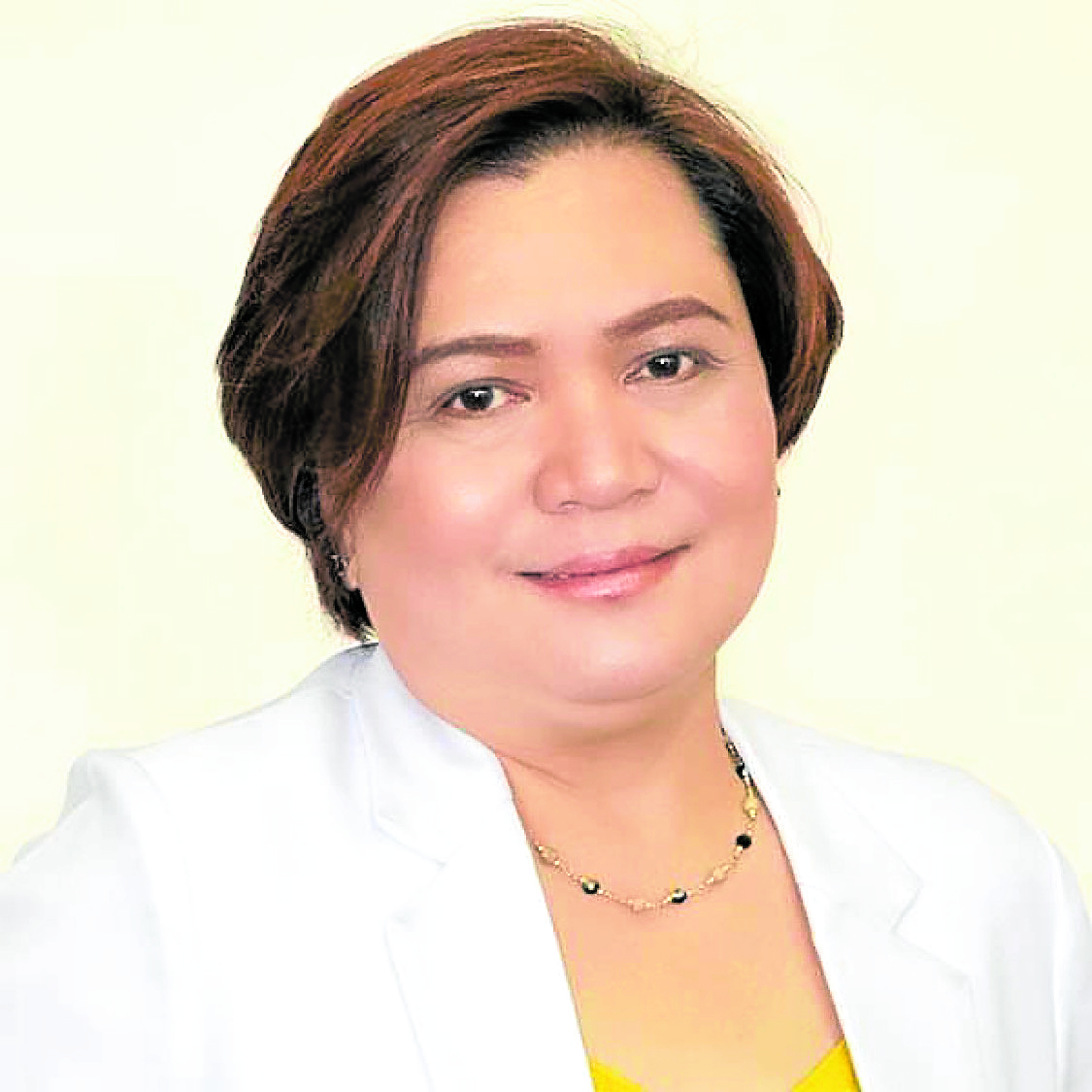Over 2.4 million Filipinos have had COVID-19 since the beginning of the pandemic. Data from the World Health Organization (WHO) shows how, over the past year, the daily number of new cases has skyrocketed year-over-year by nearly 1,000 percent from an approximate average of 2,000 cases per day in September 2020 to an approximate average of 20,000 by September 2021.
Dr. Susana Quiaoit, the planning, development, education and research chief at the Quezon City General Hospital, points out how the rapid increase in cases was partly due to the spread of the highly contagious Delta variant last July.

However, she believes that the proliferation of the Delta variant was simply a symptom, not the cause of the massive amount of new cases.
“The underlying systemic economic inequalities that plagued the Philippines even before the pandemic and the inadequate government COVID-19 response are what enabled the Delta variant to spread this rapidly in the first place,” she said.
Sustainable solution
Quiaoit shares how majority of confirmed cases that she encounters in her hospital are workers in their 20s or 30s, who need to provide for their families. “Unfortunately, these workers are not from rich families who can simply choose to stay at home and get by. They have to put food on the table,” she said.
“I think the sustainable solution here isn’t lockdowns. Lockdowns can worsen economic inequalities even more, but robust government policies that make digital infrastructure more accessible and promote digital literacy will make sure that there is less need for [in-person] work that places more risk for infection,” she explains.
A study conducted by the International Labor Organization in 2020 on the COVID-19 labor market finds that the youth will “need digital tools to secure continued training and education” and working adults will face a “shift from office-based work to teleworking that requires performing most job tasks at home.”
However, the study cites another study done by the Asia Foundation in 2019, which finds that “45 percent of Filipino citizens or 46 million individuals do not have access to the internet.”
“Government has a role in preparing the Filipinos for a digital economy that is thriving during the pandemic. The rest of the world have implemented these changes decades ago. Not only will this reduce inequalities in the future but also curb the spread of the virus,” she added.
Expensive testing
Another issue facing impoverished communities, Quiaoit said, is expensive testing. The reverse transcription-polymerase chain reaction test costs P3,000-P4,000. For the majority of Filipinos earning around the national minimum wage of P10,740 per month, most of which is allocated for basic necessities, the price for COVID-19 testing is quite hefty. This number is especially worse for the millions of unemployed individuals during the pandemic.
“Many choose to not get tested, perhaps even go out to work and risk others from being infected, since they cannot sacrifice their income even if they are feeling symptoms,” she said.
Besides testing, some Filipinos do not have health insurance in case they need to be hospitalized. Despite public hospitals offering free treatment services, many lack the capacity to fully accommodate all COVID-19 patients, so they will have to resort to private alternatives.
With most COVID-19 patients being admitted for a minimum of 10 days, Quiaoit approximates that hospitalization costs would amount to a total of P50,000 for mild cases, P200,000 for moderate cases and P400,000 for severe cases in private hospitals.
Prices for COVID-19 medication like remdesivir or tocilizumab also vary depending on the case, but generic brands would cost P8,000. “These exorbitant costs make it likely that Filipinos choose to get treated at home or not get treated at all, even if it means they have to risk their lives,” she said.
Quiaoit believes that to combat this, the government should provide free testing and increase access to insurance benefits through the PhilHealth program, especially for impoverished sectors. “It may be expensive to make these services readily affordable, but I think the harms to the overall economy and accrued hospitalization spending as the pandemic continues on is much worse,” she said.
Over capacity
However, even if Filipinos were able to afford to get tested and get hospitalized, hospitals can be over capacity, forcing them to stop admitting COVID-19 patients entirely, according to Quiaoit.
“Of course, the best way to address this would be to reduce the number of cases. But at this point, both private and public hospitals should be able to find the funding and the manpower to be able to get more beds, protective gear, equipment and medication,” she said.
“Government especially should support public hospitals more. One concrete thing they can do is make sure hazard pay comes on time for front-liners. I don’t know why we have to go through so much red tape to get the funds, especially when they are sacrificing so much to fight the virus head on.”
Quiaoit ultimately believes that the end of the pandemic will come once everyone is vaccinated, achieving herd immunity. However, the roadmap toward that goal looks grim. As of September, only around 17 percent of all Filipinos have received two doses of the COVID-19 vaccines, based on data from researchers from Oxford University.
She calls upon other nations to donate more vaccines to the Philippines. “I think this is a global fight, not one where each country fends for themselves. There are some nations that are talking about booster shots when many Filipinos are happy to get a half dose of the vaccine,” she said.
The WHO agrees with this sentiment, saying, “If some parts of the world eliminate the virus while it spreads widely in other areas, we all run the risk of stronger strains evolving [like the Delta variant]. We’re only safe when everyone is safe.”
“No matter what kind of inequality it is—rich vs poor, developed vs developing countries—it is still an inequality that persists and will be the fuel that drives more death, more grief and more broken families as this virus continues to wreak havoc in our lives,” Quiaoit said. —CONTRIBUTED
The authors, students of Xavier School San Juan, cover the life stories of Filipinos who tackle race, gender, class barriers and modern financial systems.














































